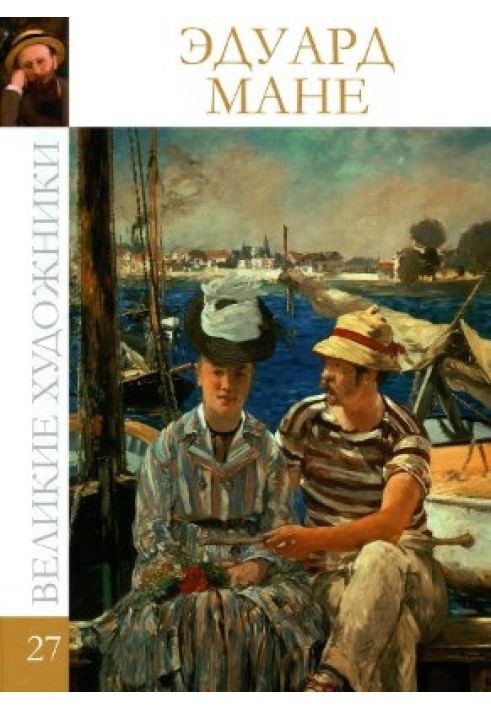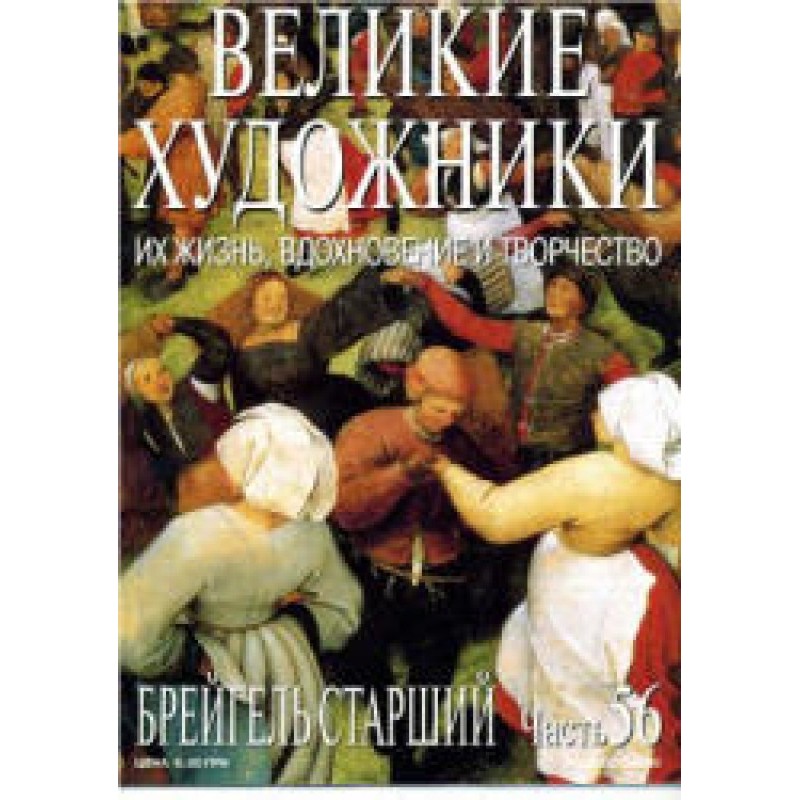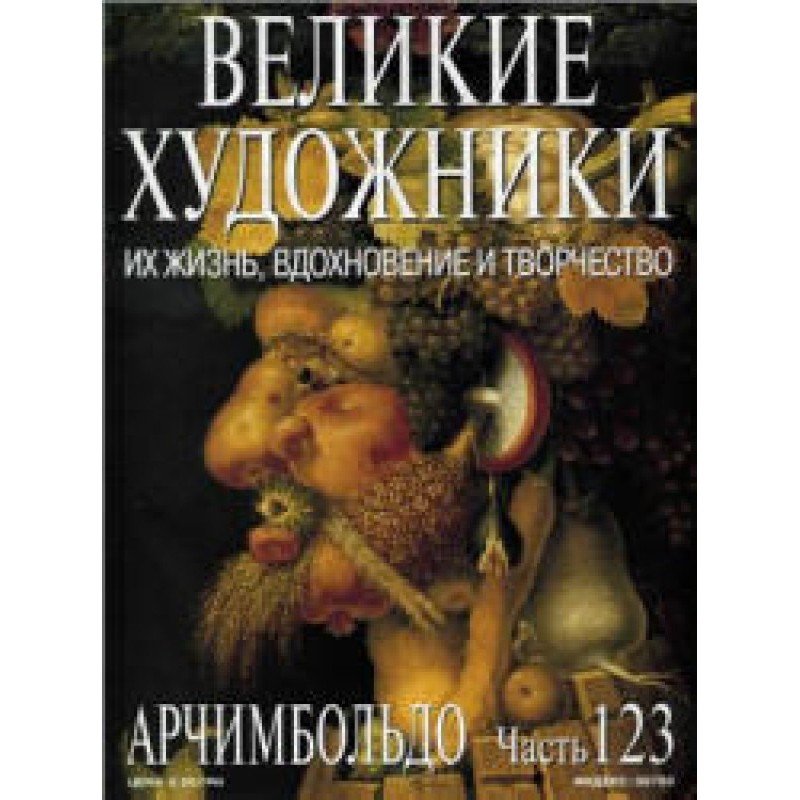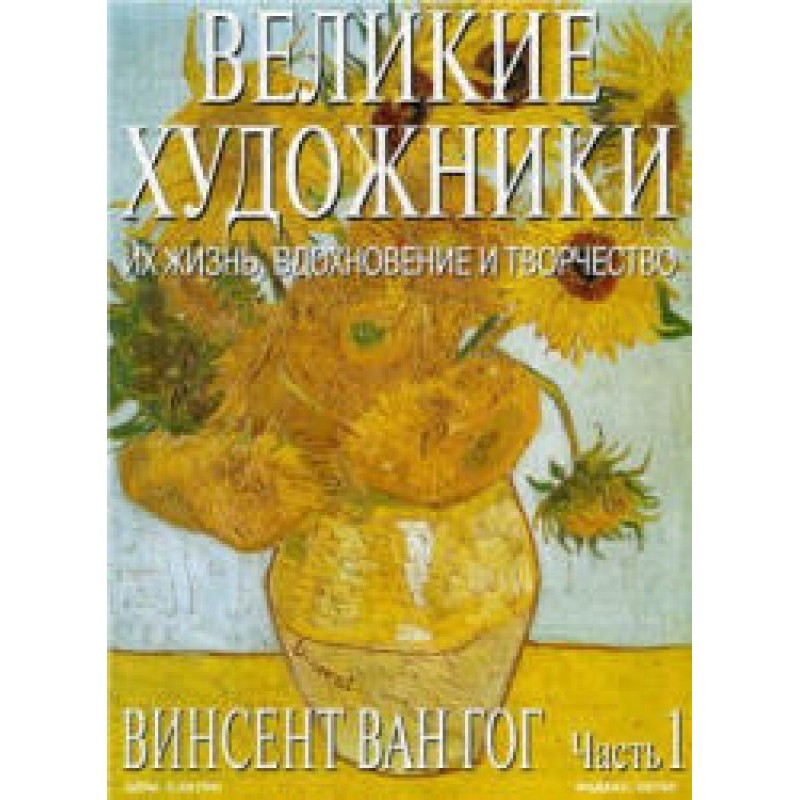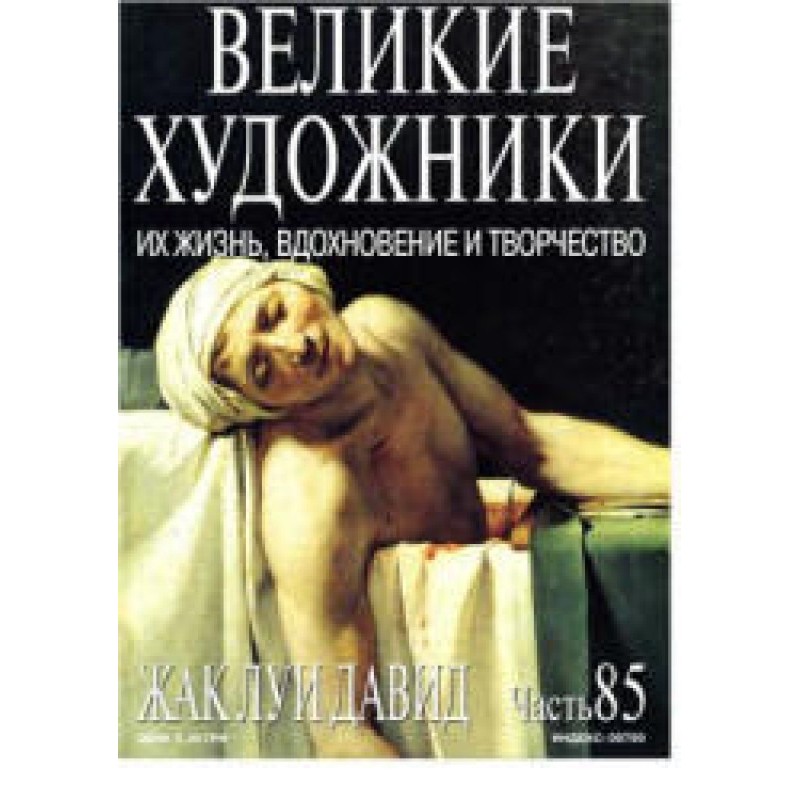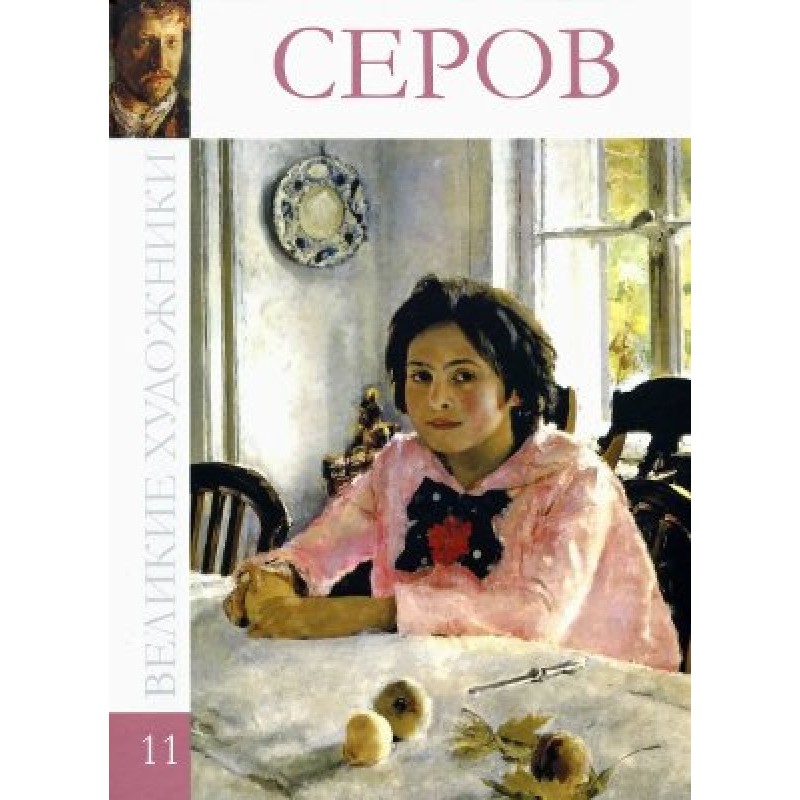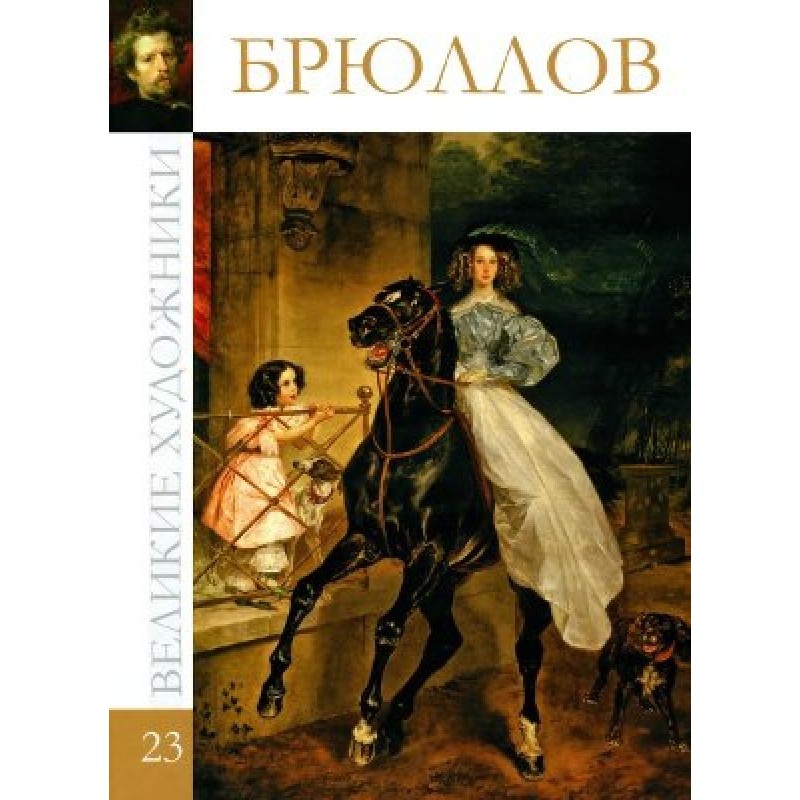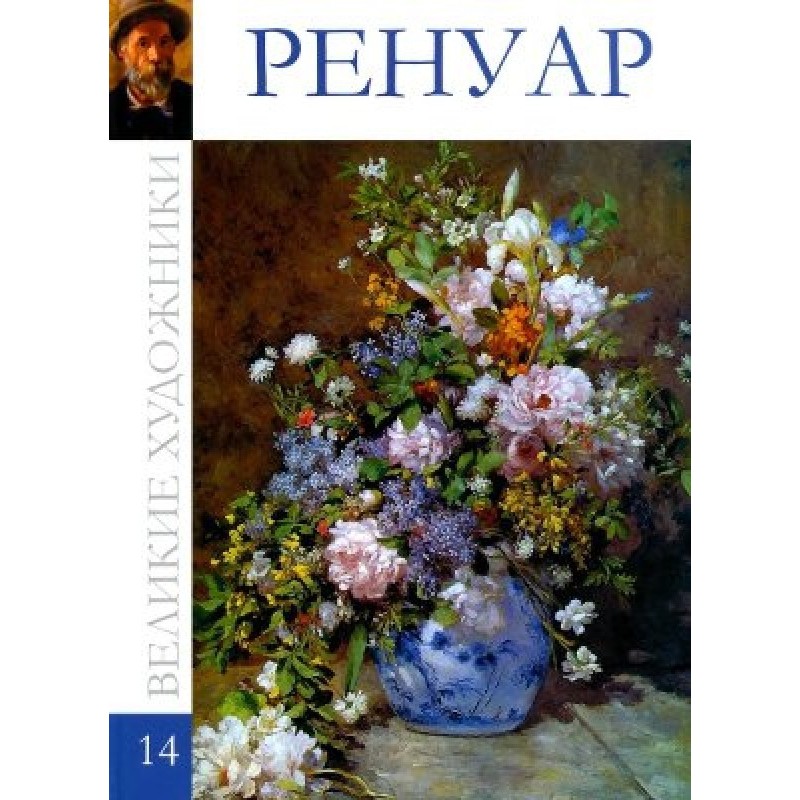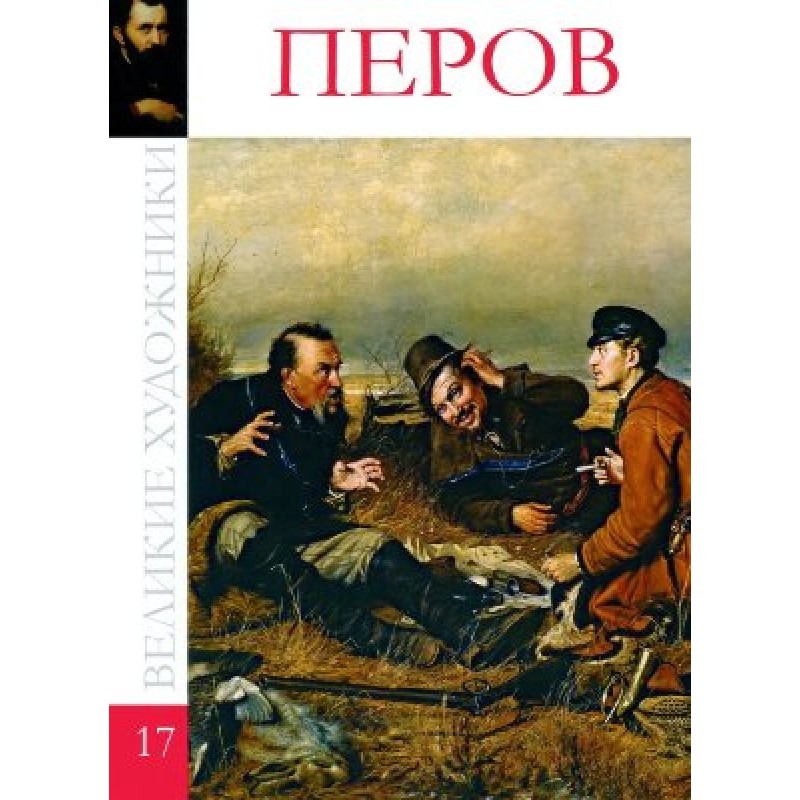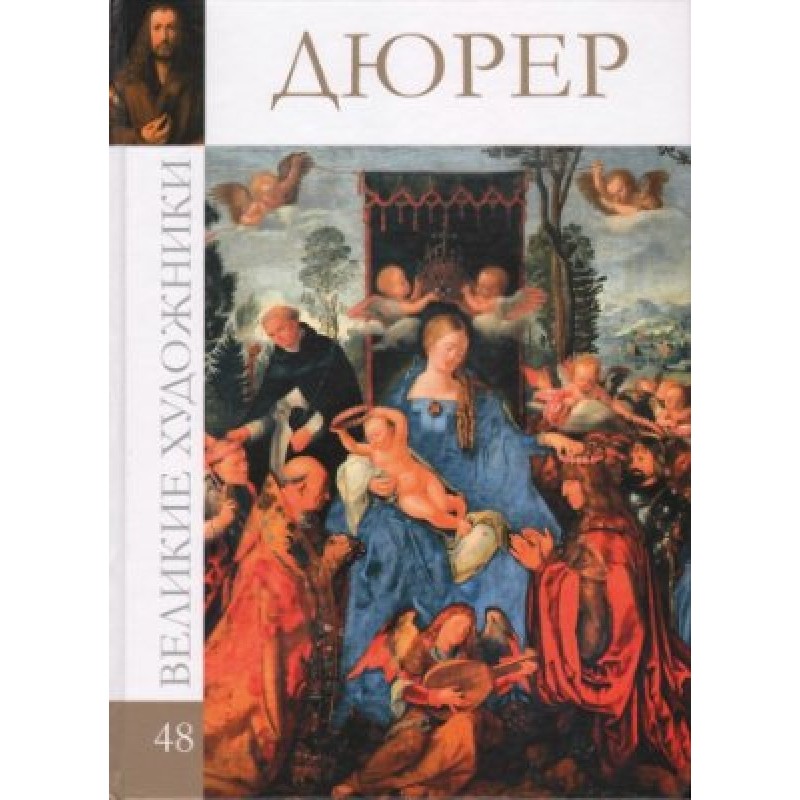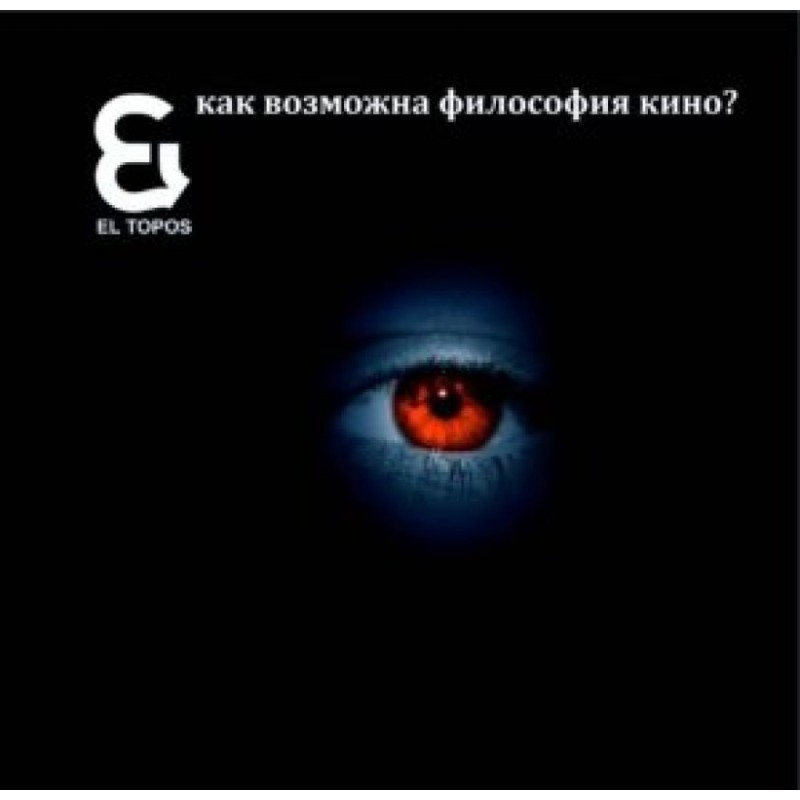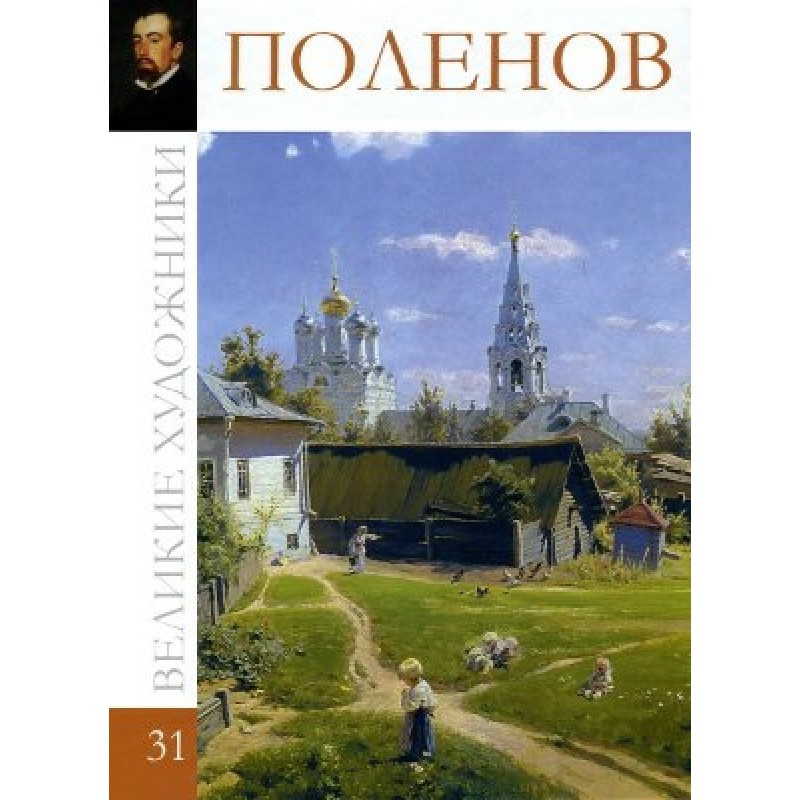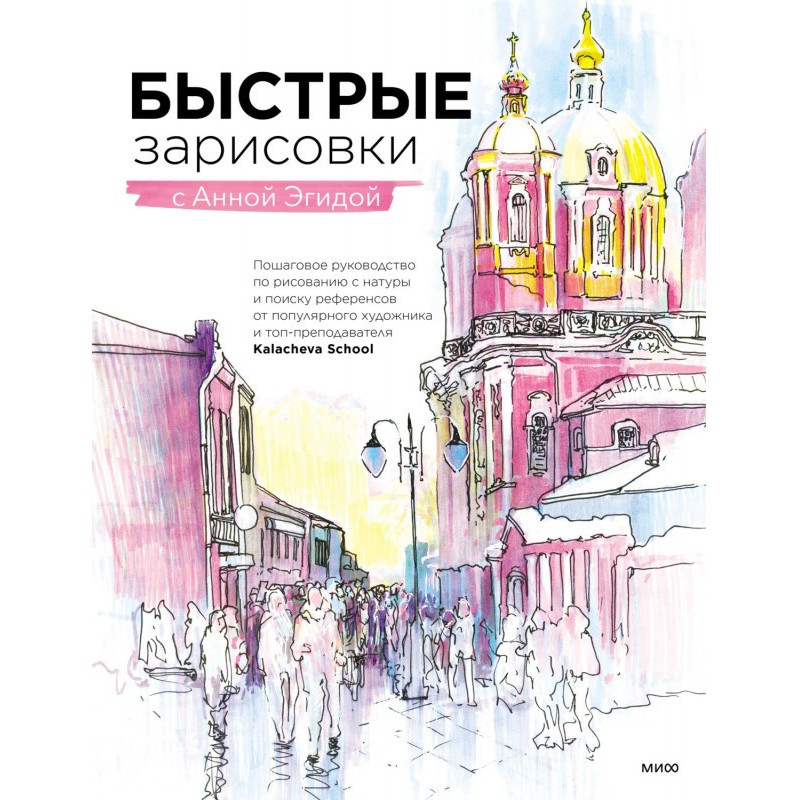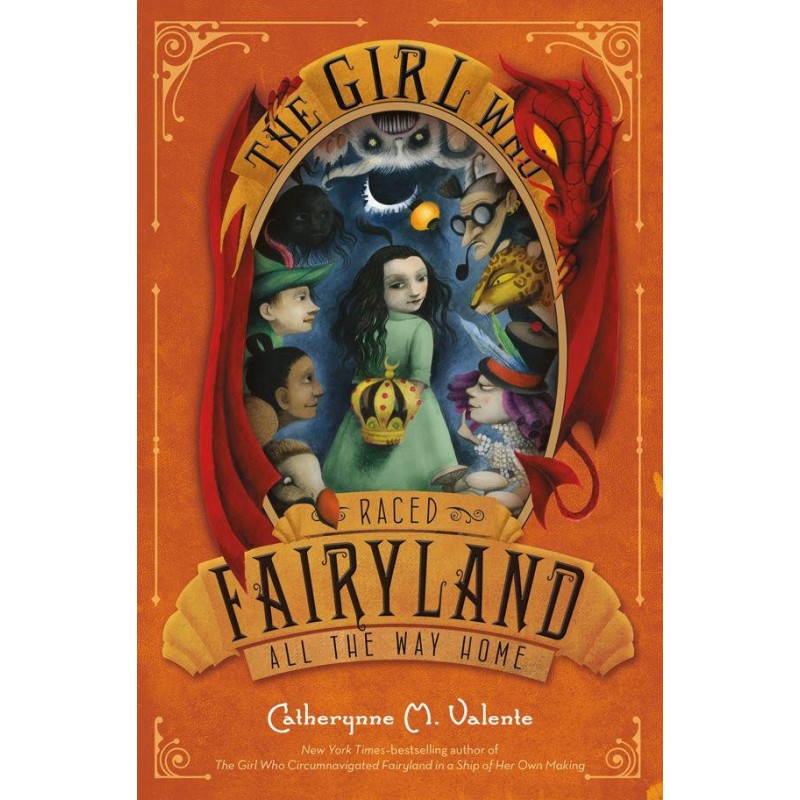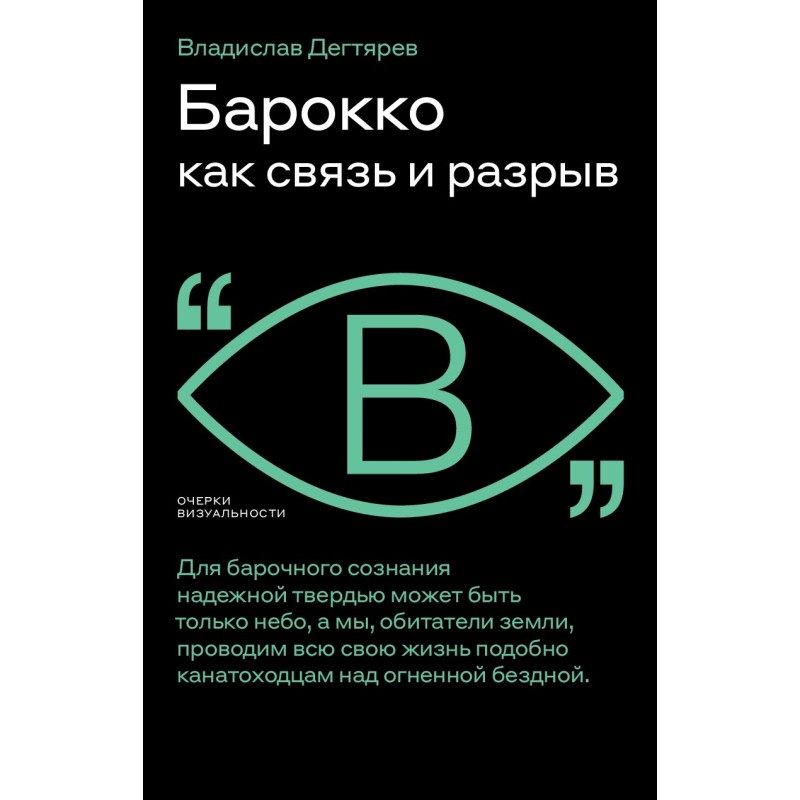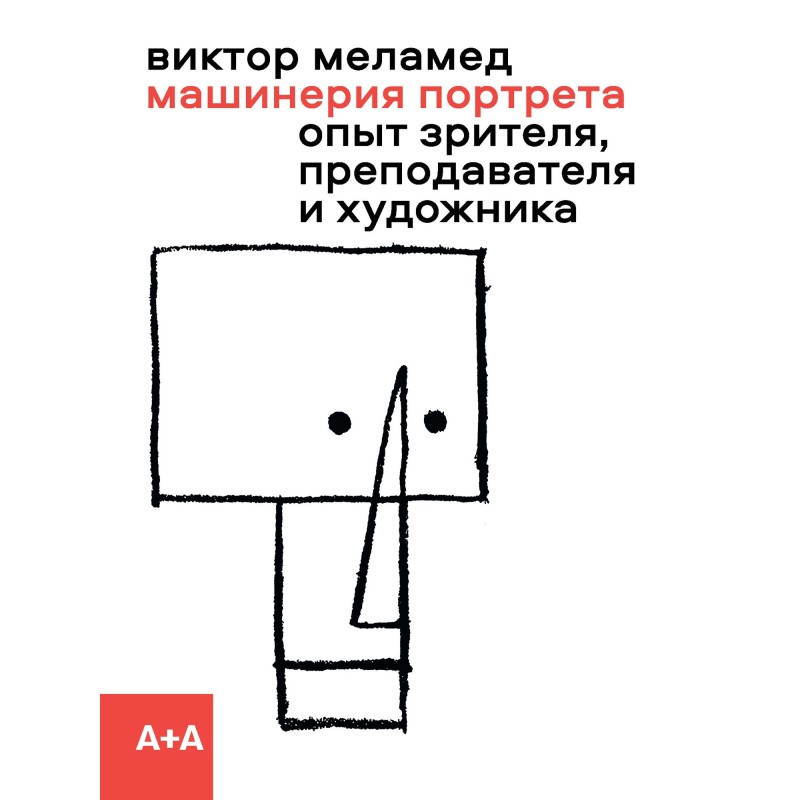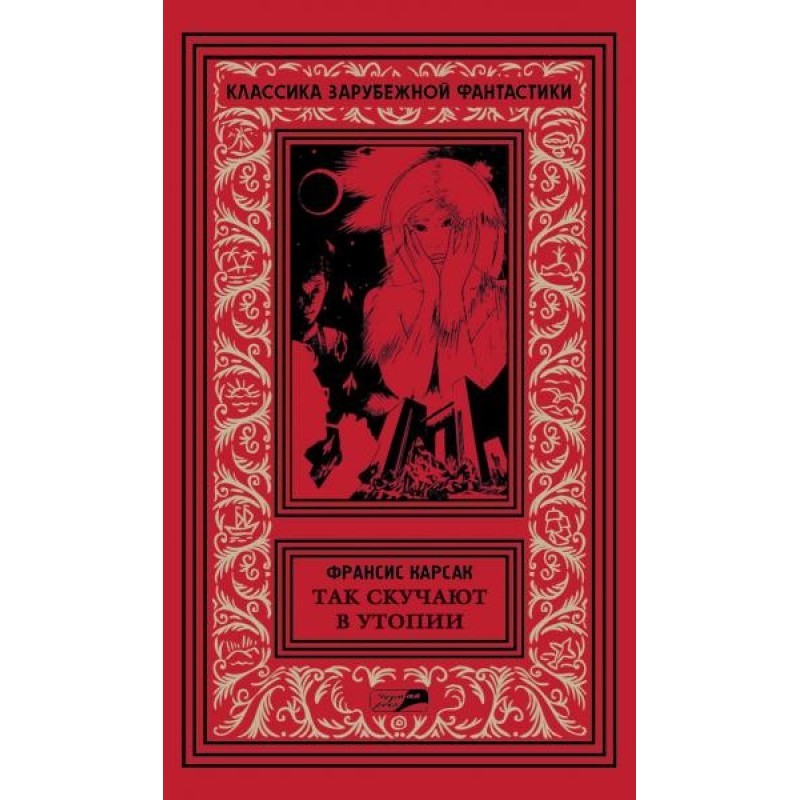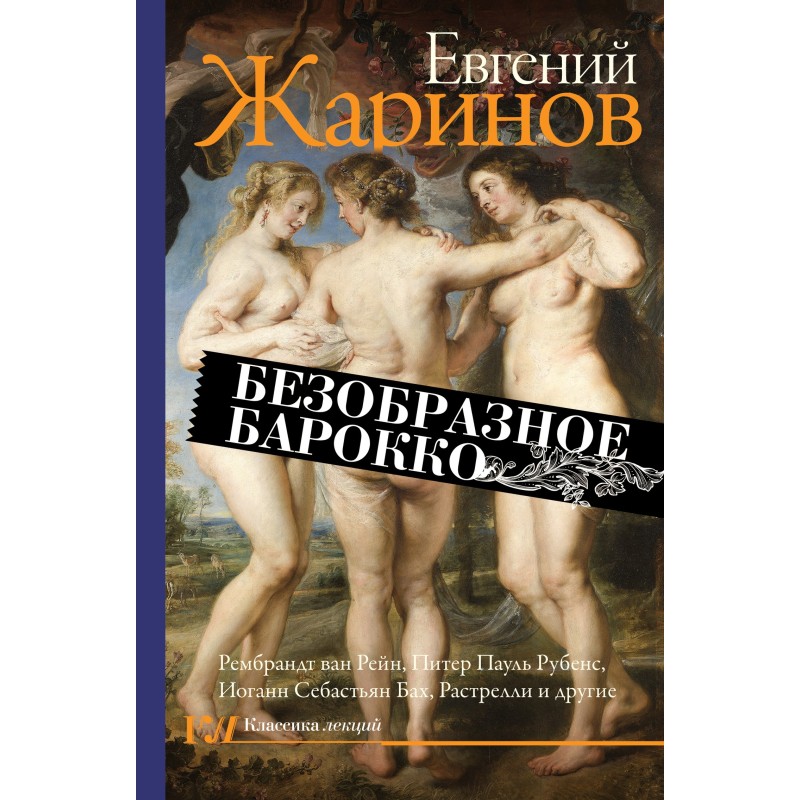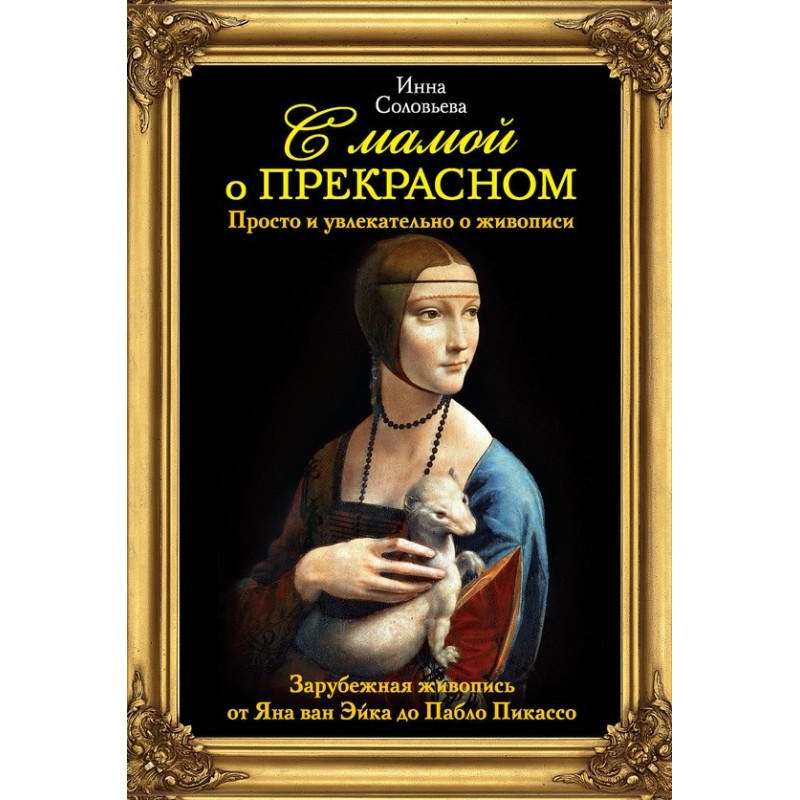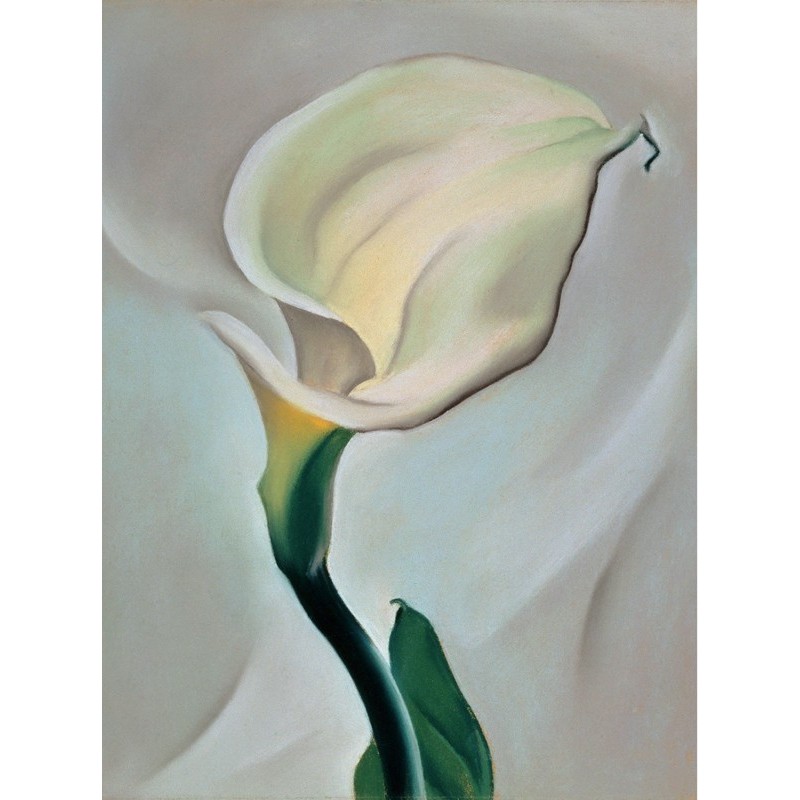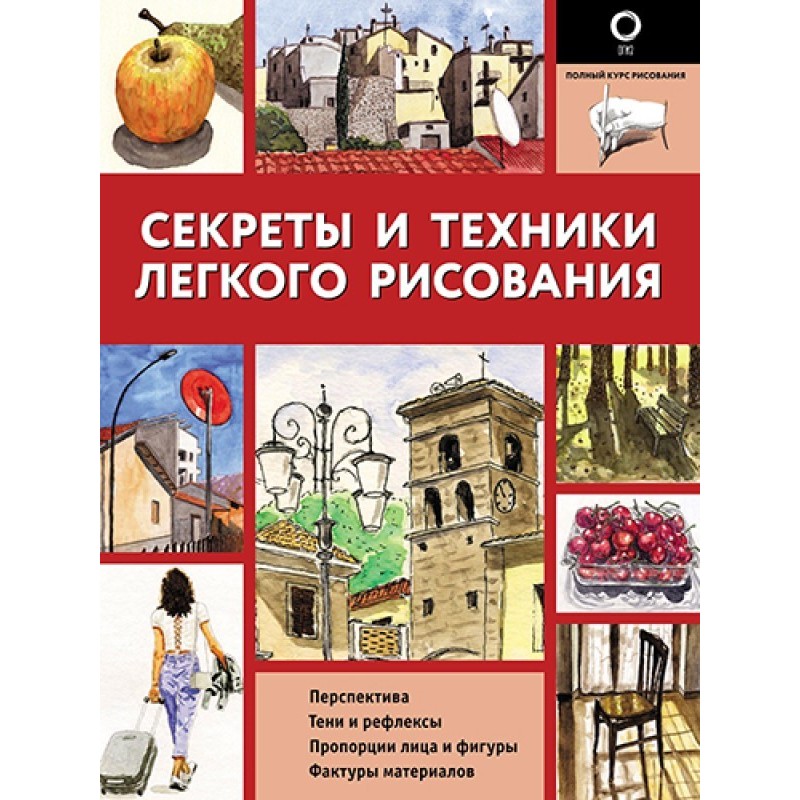Edouard Manet
 Instant download
Instant download
after payment (24/7)
 Wide range of formats
Wide range of formats
(for all gadgets)
 Full book
Full book
(including for Apple and Android)
One of the main places in French art of the second half of the 19th century belongs to impressionism, a special role in the formation of which belongs to Edouard Manet (1832-1883). The artist chose a fleeting fragment from the endless flow of life, trying to convey the freshness of the impression, to create in the viewer the feeling that he is a witness to what is happening, that every moment can be filled with poetry and artistic value. Manet's works are characterized by freshness and sharpness of perception. The first significant work is the painting “The Absinthe Drinker,” in which, in the tradition of Velazquez's painting, a declassed drunkard is presented - the heir of romantic tramps. At the same time, the artist is developing a “Spanish” theme. So, he creates “Lola from Valencia” - a portrait of the Spanish artist against the backdrop of theater scenes, “a treasure with a pink-black shimmer” (Baudelaire). The “Spanish” cycle also includes “Gitarero” and “Quiz Meran in an Espada Costume.” In 1863, Manet painted Luncheon on the Grass, which, under the title Bathing, was exhibited in the notorious Salon des Refugees, where works that were not accepted by the official jury were exhibited. Destroying the traditional canons of everyday painting, in particular, abandoning a clear plot motivation, Manet used the iconographic motifs of the paintings “The Concert” by Titian, “Pilgrimage to the Island of Cythera” by Watteau and “Girls on the Banks of the Seine” by Courbet, and to build the composition - an engraving by Raimondi from a drawing Raphael "The Judgment of Paris". In the same year, Manet wrote Olympia. In the image of a naked woman on a bed presented here (as in Luncheon on the Grass), this is Quiz Meran; a black cat is placed at the woman’s feet - a Baudelaire symbol from “The Flowers of Evil”). In the 1860s, “Suicide”, “Landscape with a Hearse”, “Christ and Angels”, “Dead Bullfighter”, “Execution of Emperor Maximilian in Queretaro” were created. After Baudelaire's death, the artist became close to Emile Zola and painted his portrait. In 1874, Manet traveled to the “small capital of impressionism” - Argenteuil, where Claude Monet and Auguste Renoir worked. He is fascinated by the possibilities of plein air painting; the strokes in his paintings become more detailed, capable of sensitively capturing and conveying the nuances of the changing life of nature. However, Manet does not fully accept the principles of the new art, as evidenced by the painting “Argenteuil”. In the paired compositions of the early 1880s “Spring. Portrait of Demarcy" and "Autumn. Portrait of Laurent”, where the depicted artists presented as allegories of the seasons, there is a certain premonition of the Art Nouveau style: the flat background is rhythmic with the image of flowers, and the figures are shown in profile. The synthesis of Manet’s previous artistic quests was the painting “The Folies Bergere Bar.” A bored barmaid against the backdrop of a huge mirror, which reflects the hall with visitors and the half-figure of a client trying to talk to her, seems lonely among the splendor of multi-colored bottles with bright stickers and colored foil on the necks, flowers in a glass and fruits in a crystal vase. The theme of a person’s “exclusion” from the environment remains the main one in the artist’s work.
In the book series of the Komsomolskaya Pravda Publishing House “Great Artists” it is planned to release more than 70 albums, each of which the publishers promise to include more than 50 illustrations, an “elegantly written” biography of the artist and the history of the creation of the paintings.
Data sheet
- Name of the Author
- Автор Неизвестен -- Искусство
- Language
- Russian
Reviews
Вражаюча подорож у світ імпресіонізму через призму творчості Едуарда Мане!
Ця книга є справжнім подарунком для всіх, хто цікавиться мистецтвом та історією живопису. Автор детально розкриває етапи життя і творчості Мане, відзначаючи його значення у становленні імпресіонізму та вплив на французьке мистецтво. Читач отримує можливість зануритися в атмосферу 19 століття, коли Мане руйнував традиційні канони живопису і створював картини, які стали справжніми шедеврами. Опис картин, таких як «Сніданок на траві» та «Олімпія», вражає своєю глибиною та емоційністю. Книга також містить багато ілюстрацій, що допомагають краще зрозуміти стиль і техніку художника. Я б рекомендував цю книгу не лише шанувальникам живопису, а й усім, хто хоче зрозуміти, як мистецтво може відображати соціальні та культурні зміни. Вона надихає і спонукає до роздумів про красу та складність людського існування.

